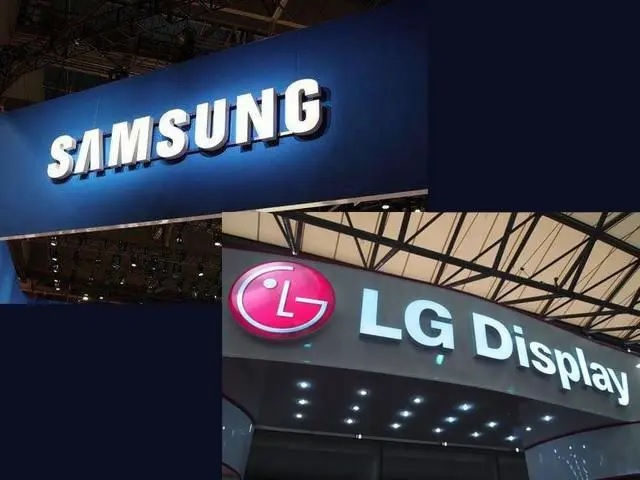
Reduced demand in the second-hand mobile phone and repair market will affect smartphone panel shipments in 2024
According to TrendForce, smartphone panel shipments in 2023 are estimated to be approximately 1.85 billion units, an annual increase of 8.7%, mainly driven by the repair market and the boom in second-hand mobile phones. The smartphone market is expected to return to a normal supply and demand cycle in 2024 , the demand for repairs and second-hand mobile phones may be reduced, and smartphone panel shipments are estimated to be approximately 1.72 billion units, a year-on-year decrease of 9%.
Judging from the shipments of various panel manufacturers, the decline in LCD demand is a common problem faced by some manufacturers. BOE currently ranks as the global leader in smartphone panel shipments, with shipments expected to be approximately 560 million units in 2023. Affected by the decline of LCD, it is estimated to be approximately 520 million units in 2024, a year-on-year decrease of 7.2%. Samsung Display (SDC) ranks second in shipments. Due to the shrinkage of the rigid AMOLED panel market, shipments this year are about 350 million pieces. Supported by demand from Apple and its own mobile phones, shipments in 2024 are expected to be the same as this year. Ranked third is Tianma, with shipments of approximately 175 million pieces in 2023. With expanded cooperation with various brands, shipments may grow slightly to 190 million pieces in 2024, an annual increase of 5.2%.
Ranked fourth is Innolux, which will ship approximately 140 million units in 2023. Shrinking LCD market demand will affect shipments in 2024, which is expected to be approximately 125 million units, a year-on-year decrease of 11.2%. Ranked fifth, HKC, relying on the cost advantage of its G8.6 generation line, is expected to ship 170 million pieces in 2023 and is estimated to grow to 180 million pieces in 2024, an annual increase of 4.2%. TrendForce said that among the previous five major manufacturers, only SDC's shipments will decline in 2023 due to weakening demand for rigid AMOLED panels. This means that Korean rigid AMOLED panels will face cost competition after continental flexible AMOLED panels enter mass production. Inadequate and gradually declining.
If we look at the shipment proportion of panel manufacturers in each region, Taiwanese panel manufacturers are able to maintain their proportion with the support of a-Si LCD; Japanese panel manufacturers have rapidly withdrawn from the mobile phone market, resulting in a decline in proportion; Korean panel manufacturers still rely on flexible AMOLED panels Technology and the use of high-end mobile phones can be maintained at 23~25%; the proportion of mainland panel manufacturers in overall smartphone panel shipments has rapidly increased from 54.8% in 2022 to 63.7% in 2023, showing that mainland panel manufacturers Continue to play a key role in the overall smartphone supply chain.

